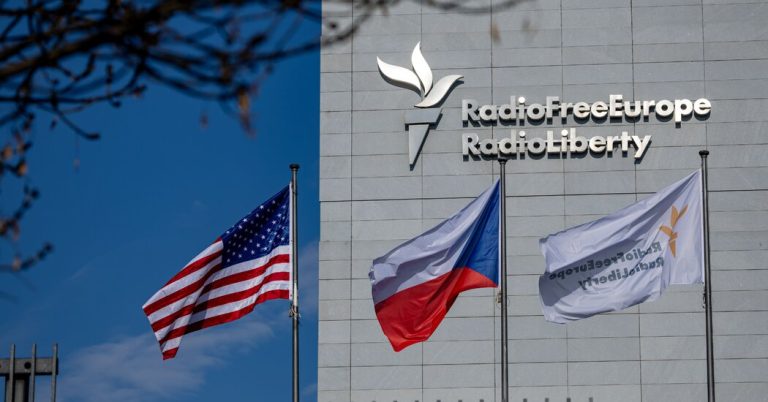The deadly crash of a sightseeing helicopter in New York City on April 10 has left many people wondering how safe such tours are.
Commercial sightseeing helicopters take visitors places other tours can’t: deep into the Grand Canyon, to a hidden waterfall in the mountains of Oahu, high above New York, serving up breathtaking views with a dose of adrenaline.
The tours are popular; sightseeing helicopters are part of a multimillion-dollar industry in the United States. In New York alone, the city’s heliports generate a “total economic impact” of $78 million a year, according to the Economic Development Corporation.
But sightseeing helicopters can operate under less rigorous safety requirements than other commercial aircraft such as airliners, charter planes and some private jets.
The latest accident, which killed the pilot and a family of five visiting from Spain, comes after years of scrutiny about how the Federal Aviation Administration should regulate these types of sightseeing tours and an attempt by Congress to tighten the rules.
How safe is flying in a helicopter compared with other forms of air travel?
Flying on a commercial airliner is by far the safest form of air travel, with an average rate of fewer than 0.01 fatal accidents per 100,000 flight hours from 2019 to 2023, according to data from the National Transportation Safety Board, the primary federal agency that investigates civil aviation accidents.



















